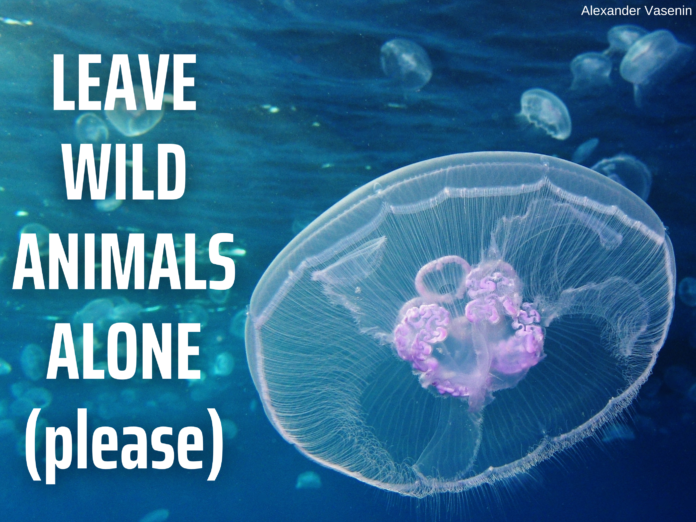By Sherrel Charles, EAG
A habitat is defined as the natural home of a plant, animal or other organism. This special place caters to all the needs of the organism to ensure survival. For an animal, this includes the right conditions for food, reproduction, and protection from threats and predators. Predators understand the boundaries of their prey’s habitat. In other words, they no longer pursue the animal once it has arrived in its haven. Unfortunately, this behaviour seems only limited to wildlife, as there is a greater threat that knows no bounds: humans.
Human impacts have strong effects on native biodiversity. They negatively affect native species by introducing invasive alien species, indiscriminately removing native vegetation for development, and the worst of them all, by physically removing these native animals from their homes. Almost every year, many wild animals are left stressed, injured, or killed either by untrained persons, who try to save them, or by those who displace them out of fear and dislike.
Incidents of animal removal are common in Antigua and Barbuda, with one event happening as recent as October 2022 at Hawksbill beach. The shore was littered with dozens of moon jellyfish, Aurelia aurita. After inquiries were made, it was found that they were removed from the water due to discomfort. A local did not feel “comfortable” swimming with the jellyfish, so the best solution was to throw them onto the sand.
Moon jellyfish are a common species found near coastal areas, where they can find a vast amount of food, but are often naturally displaced on shore by storm surges and tides. These creatures are known for the four purple circles in their translucent bodies, and their delicate tentacles. Although, their tentacles have the ability to sting you, it only causes a slight burning sensation when stung. This burning sensation may vary depending on how sensitive your skin is. In fact, choosing to handle these animals to remove them from the water, rather than just leaving them to stay in their natural habitat, may increase the chances of you getting stung. And, most importantly, these jellyfish are vital to Leatherback sea turtles, Dermochelys coriacea, as they are their main source of food.
Taking animals from the wild disrupts the normal functioning of an ecosystem, prevents animals from learning about their natural predators, and reduces their chances of learning survival skills. Additionally, removing animals from the wild does not solely place the animal in danger. Untrained persons who interact with these animals can become seriously injured and may be at risk of exposure to diseases and parasites infecting the wildlife.
If there are wild animals of concern, it is always best to leave the work to trained professionals or consult with them on what actions should be taken. Otherwise, it is best that they are left alone. We as humans must consider our impact on them and their environment. Every space on this earth is home to at least one organism and, just like humans, these species deserve to live comfortably. It is for this reason why NGOs, like the Environmental Awareness Group, work for the benefit of people and wildlife. By understanding the importance of species and finding ways to educate the public about them, we can pave the best paths for us to live in harmony.

